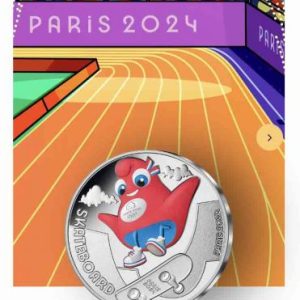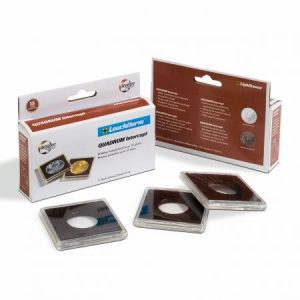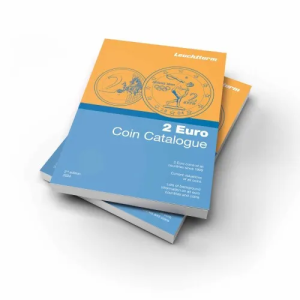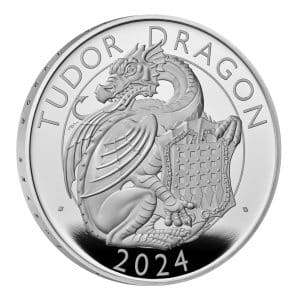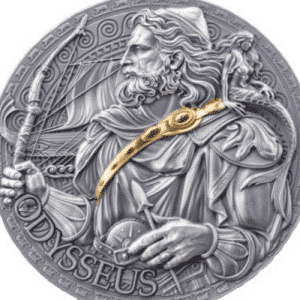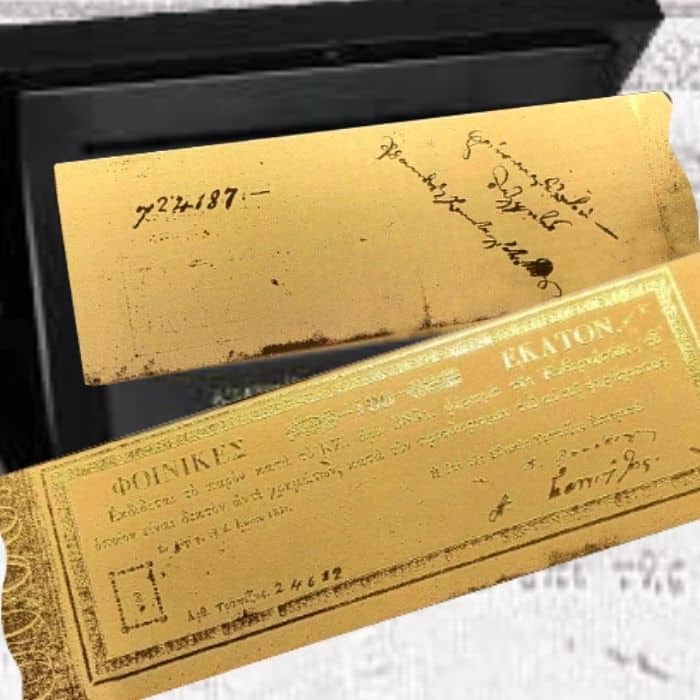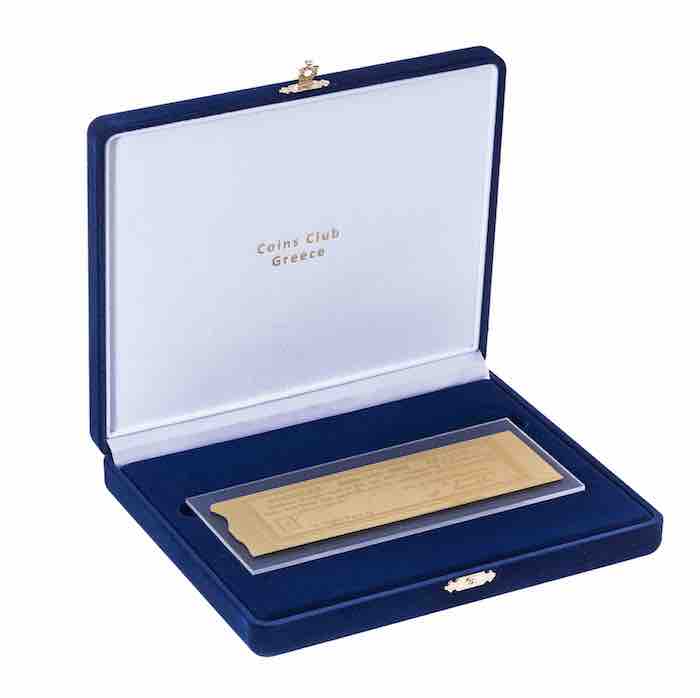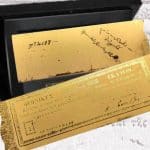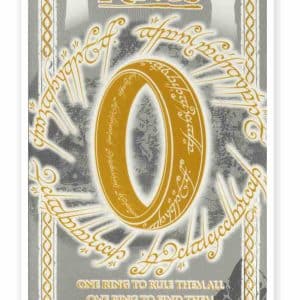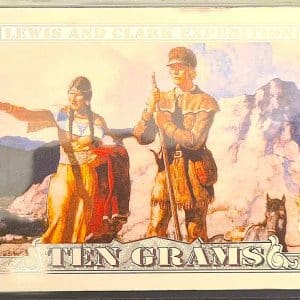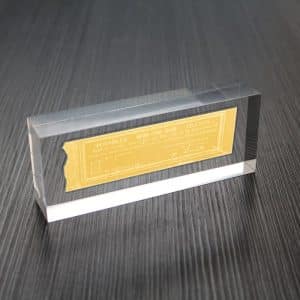100 Phoenices in 24K Gold Leaf and Case
39,90 €
Get the 1st copy of the 100 phoenix banknote in 24K gold leaf. Editing required extreme precision as every detail had to be captured, even that of the ravages of time. This is a banknote that was issued in only 830 pieces in Aegina 190 years ago! We offer you 2 ways of presentation.
You will receive it in a luxurious case with special slots and protection, but if you wish, we can also send you a specially designed plexiglass case for an additional cost of 25 euros, so that it can stand upright on your desk or bookshelf.
Get the 1st copy of the 100 phoenix banknote in 24K gold leaf. Editing required extreme precision as every detail had to be captured, even that of the ravages of time. This is a banknote that was issued in only 830 pieces in Aegina 190 years ago! We offer you 2 ways of presentation.
You will receive it in a luxurious case with special slots and protection, but if you wish, we can also send you a specially designed plexiglass case for an additional cost of 25 euros, so that it can stand upright on your desk or bookshelf.
Get the first replica of the 100 phoenix banknote in 24K gold leaf. The processing required exceptional precision because every detail had to be recorded, even that of the passage of time. It is a banknote that was issued in only 830 pieces in Aegina 190 years ago! We offer you 2 presentation options. You will receive it in a luxurious case with special slots and protection, but if you wish, we can also send you a specially designed plexiglass case for an additional cost of 25 euros so that it can stand upright on your desk or bookshelf. The choice is yours!
For History
The first phoenix banknotes were issued in 1831 and printed at the Aegina mint with the issuance date of July 1, 1831. They bear the inscription “This is issued according to the KZ’ No. 3851 resolution of the Government, which is acceptable as money, according to the determination of this resolution.” And then it is mentioned “In Aegina, on the 1st of July 1831,” and “By the Committee on the National Bank, with the signature and seal of the committee members.” The relevant resolution provided that financial transactions would be carried out with 1/3 in banknotes and 2/3 in coins. Eventually, it was ratified by the national assembly for only 1,000,000 phoenixes as the value of these banknotes did not meet public perception. The banknotes were printed only on one side, while on the back of the banknotes, the government controller diagonally wrote the value of the banknote, and indicating the circulation number, placed his signature.
The 5 and 10 phoenix banknotes were red, while the 50 and 100 were blue. The total value of all banknotes reached 500,000 phoenixes, instead of the initially projected 3,000,000 and the approved 1,000,000.
By a relevant government decree, starting from January 4, 1832, all monetary transactions were conducted exclusively with banknotes and not coins until the replacement of the phoenix by the drachma.
5 phoenixes 25,000
10 phoenixes 12.500
50 phoenixes 3.340
100 phoenixes 830






